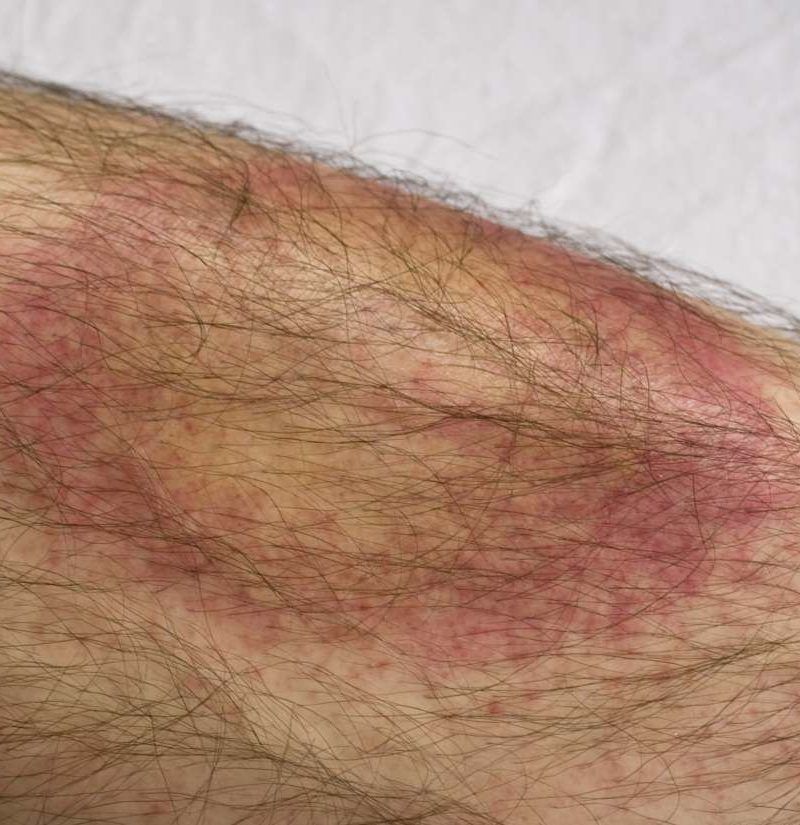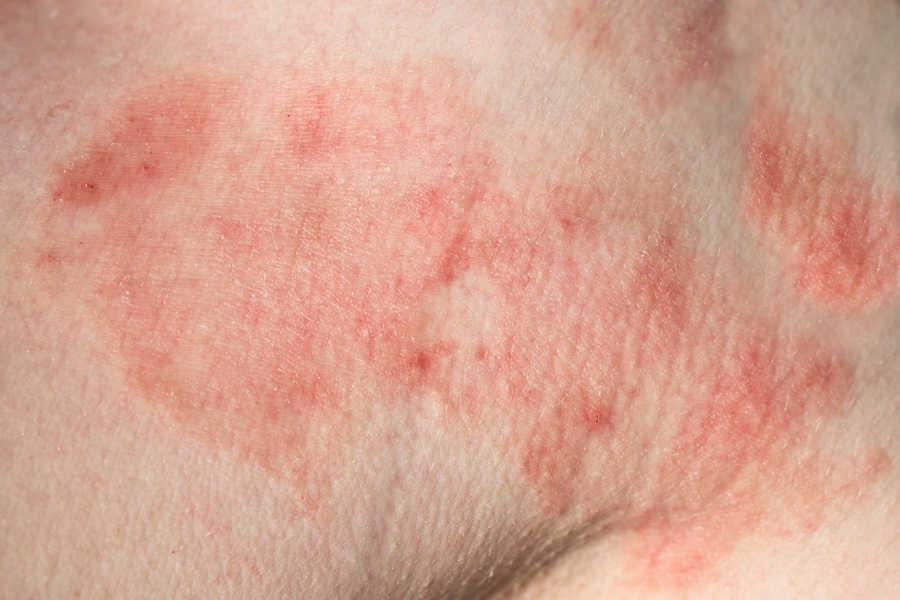Understanding Lyme Disease-- Necessary Awareness for Prevention
Lyme illness stays a significant public health concern, largely sent with the bites of infected ticks, specifically in areas with dense vegetation. The very early recognition of Lyme illness is crucial, yet many people stay uninformed of its symptoms or the environments that posture the greatest risk.
What Is Lyme Disease?
If left unattended, Lyme condition can advance to more extreme stages, possibly impacting the joints, heart, and nerve system. Patients might experience arthritis, neurological difficulties, or cardiac disorders. The illness can be challenging to detect, as its symptoms can resemble those of various other health problems. Diagnostic techniques commonly entail a mix of medical analysis and lab testing, consisting of serological assays to spot antibodies versus Borrelia burgdorferi.
Prompt acknowledgment and treatment are vital in managing Lyme illness and stopping complications, with early antibiotic treatment generally resulting in desirable outcomes.
Exactly How Lyme Illness Spreads
Lyme condition primarily spreads with the bite of contaminated black-legged ticks, also understood as deer ticks, which lug the microorganism Borrelia burgdorferi. These ticks are generally found in wooded or grassy locations, often residing on bushes or reduced vegetation. They require a blood meal from a host, such as people or animals, to prosper and duplicate.
Transmission typically takes place when ticks attach to the skin and remain for a prolonged period, usually 24 to two days. The danger of infection enhances with the duration of accessory, as the germs is transferred from the tick's saliva into the host's bloodstream. Ticks can be active during warmer months, particularly in spring and summer season, making exterior tasks a possible threat for direct exposure.
While black-legged ticks are the main vectors, other species, such as the Western black-legged tick, can also transmit Lyme disease. It is important to be watchful in areas where ticks are prevalent. Preventative actions consist of using protective clothing, using tick repellents, and performing detailed tick checks after exterior tasks to decrease the likelihood of attacks and succeeding transmission of Lyme illness.
Symptoms and Medical Diagnosis
Acknowledging the signs of Lyme disease is critical for prompt diagnosis and therapy, as very early treatment can considerably affect healing. One of the most well-known very early sign is the erythema migrans rash, which appears as a round, red lesion with a central clearing, usually appearing like a "bull's- eye." This rash generally creates within 3 to 1 month after a tick bite and may be come with by flu-like signs such as high temperature, chills, exhaustion, muscle mass aches, and migraines.

Medical diagnosis of Lyme illness mostly depends on clinical examination, taking into account the individual's symptoms and prospective direct exposure to ticks in endemic locations. Research laboratory tests, consisting of enzyme-linked immunosorbent assays (ELISA) followed by Western blot tests, can sustain the medical diagnosis but are not conclusive in early-stage Lyme condition. Prompt acknowledgment and medical diagnosis are vital for launching appropriate antibiotic therapy, which is most reliable when administered early in the disease program.
Avoidance Approaches
Avoiding Lyme illness needs an aggressive method, especially for individuals who hang around in areas where ticks prevail. The very first line of defense involves using proper apparel, such as long pants and long sleeves, ideally made from snugly woven textiles - Lymecare Alliance. Light apparel can aid basics in detecting ticks extra conveniently. On top of that, tucking pants into socks and using tick-repellent products having DEET or permethrin can significantly lower the threat of tick accessory.
Frequently examining oneself, children, and pet dogs for ticks after exterior activities is essential. Ticks needs to be immediately removed making use of fine-tipped tweezers, comprehending them as close to the skin's surface area as possible. It is advisable to bath within two hours of returning inside, as this can help remove ticks prior to they attach.

Therapy Options
Efficient monitoring of Lyme illness depends upon prompt and suitable treatment options, which largely involve antibiotic treatment. The selection of antibiotics and the duration of therapy commonly depend on the phase of the condition and the severity of signs. Early local Lyme condition is commonly treated with oral prescription antibiotics such as doxycycline, amoxicillin, or cefuroxime axetil for a duration of 10 to 21 days. This strategy is generally effective in eliminating the infection and stopping more difficulties. Lymecare Alliance.
In situations of very early distributed Lyme illness, where neurological or heart signs may occur, a longer course of intravenous anti-biotics or dental anti-biotics might be required. For people experiencing consistent symptoms after initial therapy, referred to as Post-Treatment Lyme Illness Syndrome (PTLDS), a more complex monitoring method may be required. This can entail a multidisciplinary strategy, attending to not only the physical symptoms yet likewise mental aspects, as exhaustion and cognitive problems are typical.
It is important for people to participate in open communication with their healthcare carriers to tailor treatment strategies to their particular demands, making sure the best feasible outcomes in the administration of Lyme illness.
Verdict
Lyme illness presents significant wellness dangers mainly as a result of its transmission through contaminated black-legged ticks. Early acknowledgment of signs and symptoms and timely diagnosis are vital in managing the health problem properly. Executing special info precautionary procedures, such as protective garments and tick repellents, considerably reduces the probability of infection. Proceeded recognition and education and learning regarding Lyme condition are necessary in alleviating its impact, thus promoting healthier neighborhoods and securing public health and wellness versus this prevalent tick-borne disease.
Lyme disease primarily spreads out through the bite of contaminated black-legged ticks, also known as deer ticks, which lug the microorganism Borrelia burgdorferi. Lymecare Alliance.While black-legged ticks are the key vectors, various other types, such as the Western black-legged tick, can likewise transfer Lyme condition. Preventative actions consist of wearing safety clothes, utilizing tick repellents, and carrying out extensive tick checks after outside activities to decrease the possibility of bites and subsequent transmission of Lyme illness
Medical diagnosis of Lyme why not find out more illness primarily counts on professional assessment, taking right into account the person's signs and symptoms and potential exposure to ticks in native to the island locations.Lyme disease postures significant health and wellness dangers largely due to its transmission through infected black-legged ticks.
Comments on “The Duty of Lymecare Alliance beforehand Lyme Condition Study”